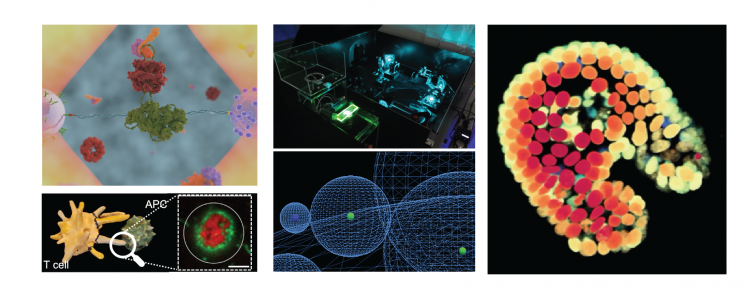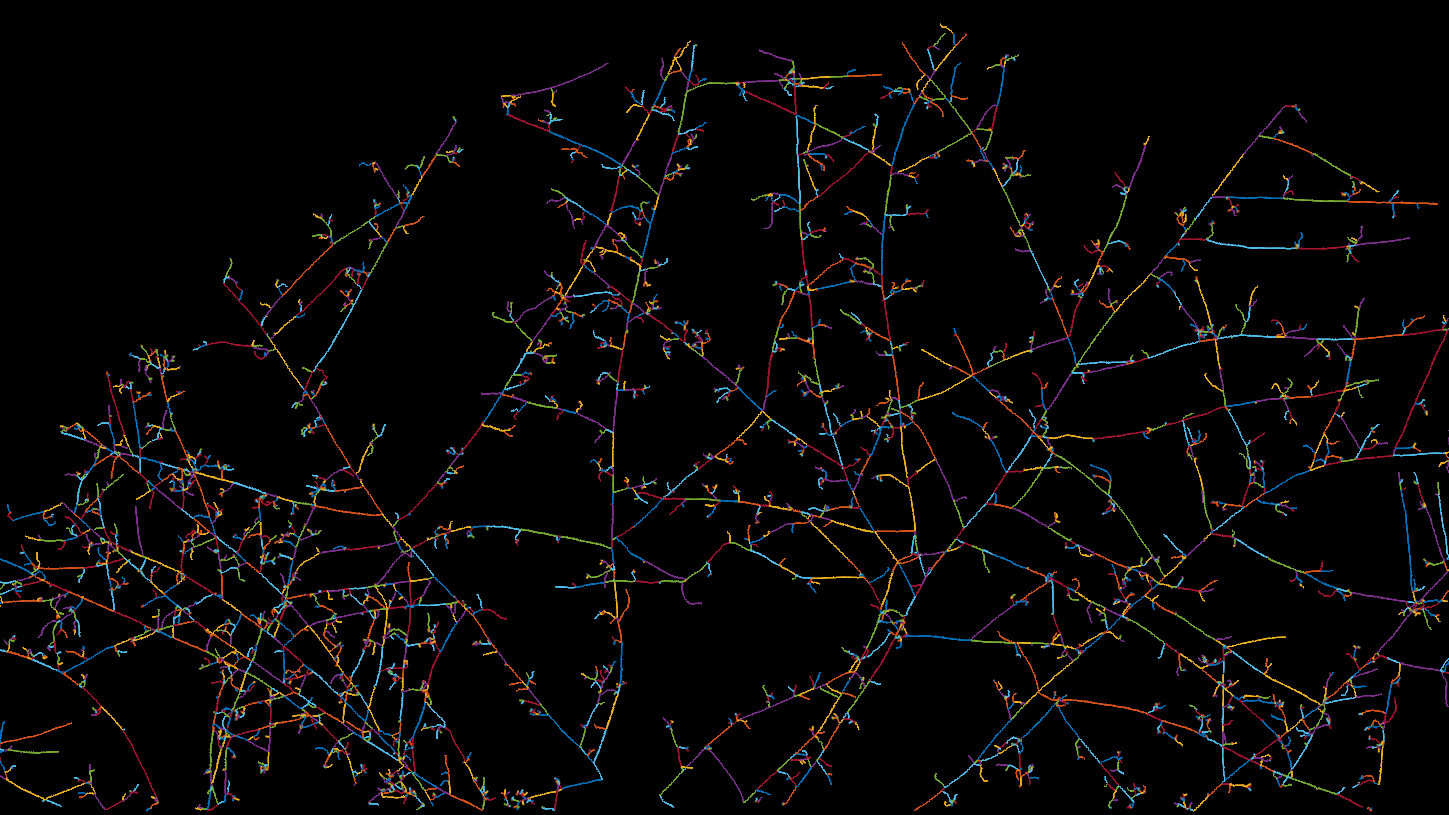Living Systems
The Living Systems center develops and applies a broad range of physics-based approaches – experimental, theoretical and computational – to enable innovative studies of living systems. From the folding of single protein molecules to organism-scale processes such as development, immunity and behavior, we explore the design principles of living systems across multiple levels of biological complexity and physical scales.
We develop and apply high-resolution microscopy, microfluidics, and in vitro reconstitutions of complex biological processes to quantify dynamics and organization across scales. We leverage methods and concepts of statistical physics to develop theoretical models of diverse biological phenomena, including information processing by biochemical networks and cellular mechanics, and computational methods for simulation of stochastic and spatial biochemical processes..


